When I first set foot in southern Italy, the sight of those Greek temples rising up out of the farmland really floored me. These ancient structures tell a story of Greek colonization that’s still shaping the region’s culture and landscape today.
The Greek settlements in southern Italy, which people called Magna Graecia, built magnificent temples with huge columns that still dominate the countryside—proof of just how deeply Greek culture took root here.
As I wandered among the temples at Paestum, those massive Doric columns really caught my eye. They seem to reach for the sky.
These aren’t just random old buildings. The Greek colonists built them as a way to bring their religious practices and architectural styles to new lands.
The temples anchored Greek culture and helped settlers keep their identity, even far from home.
You can’t ignore the connection between these grand ruins and the farmlands that surround them. Greek colonists picked fertile spots for their settlements, setting up agricultural systems that could support big cities and ambitious building projects.
Today, you can still see this blend of ancient architecture and rural landscape almost everywhere you look in southern Italy. The legacy of Ancient Greece is alive in every field and stone.
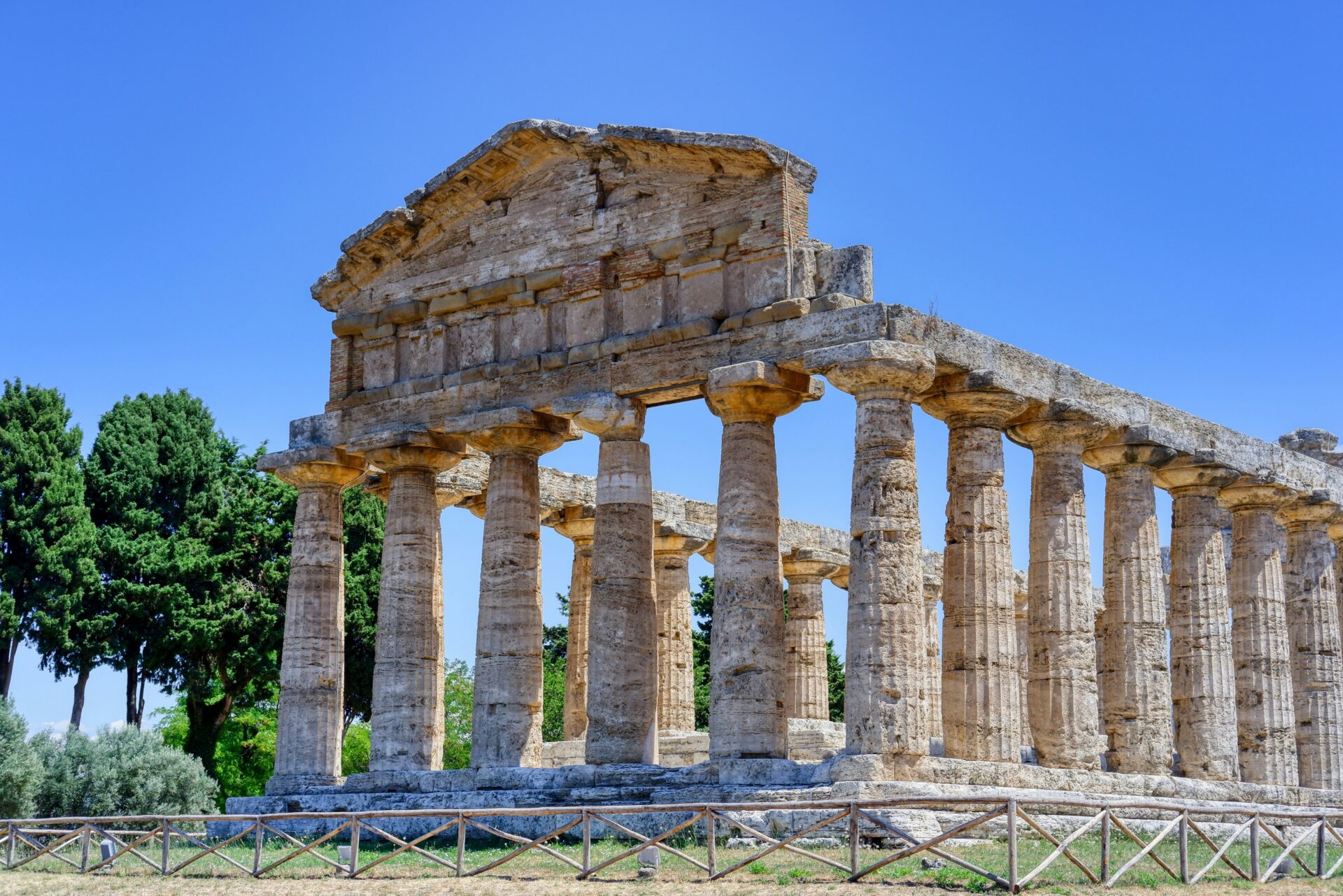
Greek Colonization and the Birth of Magna Graecia
Back in the 8th to 6th centuries BC, the Greeks started spreading out from their homeland. They founded lively settlements across southern Italy, and people later called this area Magna Graecia.
This movement changed the face of the Italian peninsula and sparked cultural ties that stretched across the Mediterranean.
Founding of Ancient Greek City-States in Southern Italy
While exploring the ruins of ancient Paestum, I kept thinking about how the Greeks managed to set up these impressive city-states so far from home. Starting in the 8th century BC, Greek settlers founded colonies like Naples (originally Neapolis), Tarentum (now Taranto), and Syracuse in Sicily.
Each new settlement ran itself as an independent polis, sticking to Greek political traditions and cultural practices.
Different Greek city-states sent out these colonies, chasing new trade opportunities and more farmland.
Archaeologists say most colonies began small, with Greek settlers living alongside locals instead of pushing them out. The colonists carried their architecture, religion, and political systems with them, basically creating little versions of their home cities.
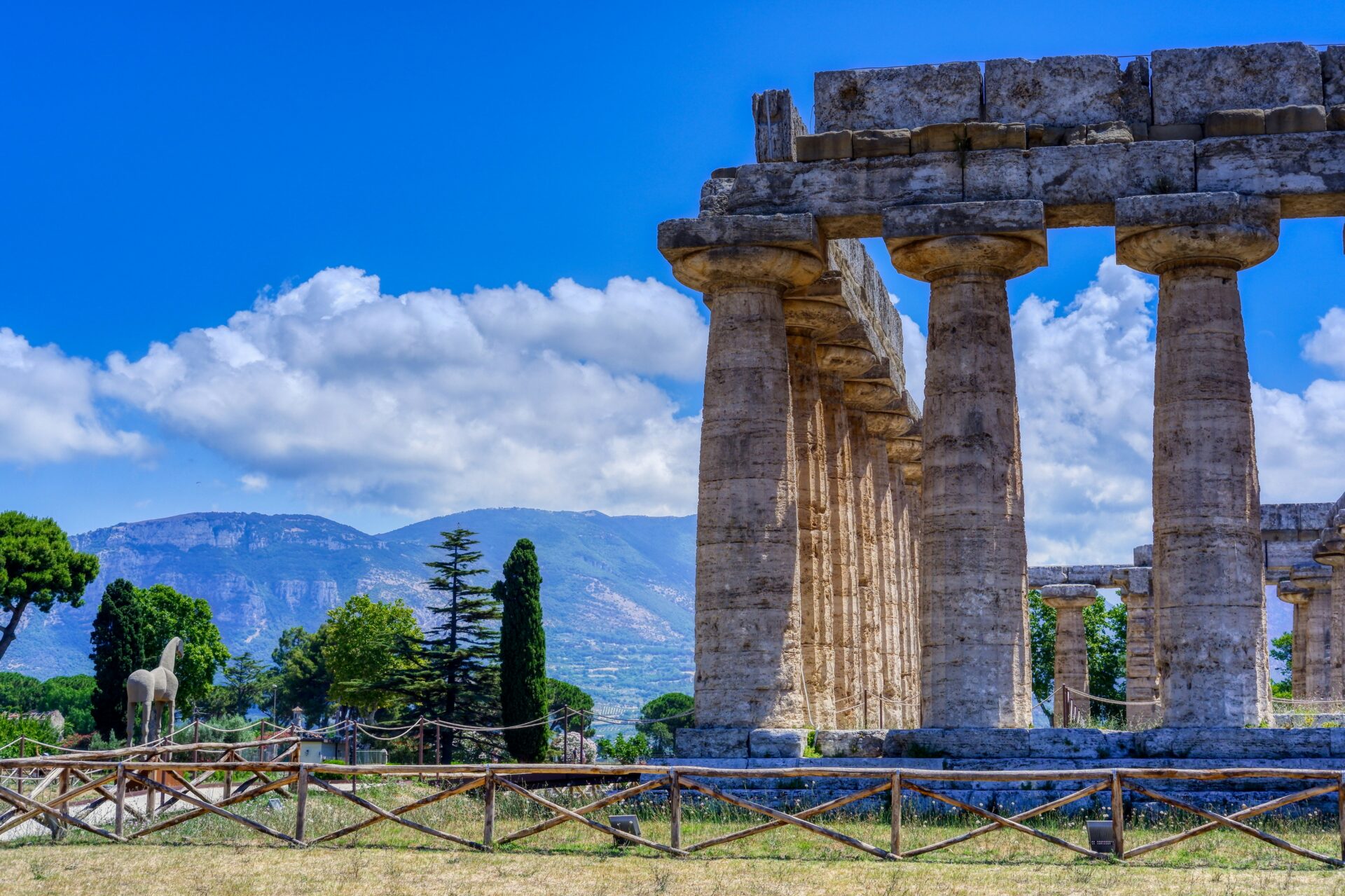
The Role of Climate and Geography
Southern Italy’s climate must have felt familiar to the Greeks—Mediterranean sun, fertile soil, and easy access to the sea. I’ve noticed the landscape in Calabria and Puglia feels a lot like Greece.
The region gave settlers plenty of farmland for olives, grapes, and grains—crops that didn’t always do well in rocky Greece. That abundance drew in people looking for better lives.
Coastal spots offered natural harbors for trade ships. Colonies stayed connected to Greece and other Mediterranean ports.
Geography also gave them defensive advantages. Many settlements went up on hills or peninsulas that were easy to defend.

Migration Routes Across the Mediterranean
Greek colonists sailed established sea routes across the Mediterranean. Ships hopped from island to island, using places like Corfu as pit stops along the way.
Colonizing cities came from all over Greece. Corinth set up Syracuse in Sicily, while Sparta founded Tarentum.
Athens and cities from Euboea sent settlers west too.
The expansion didn’t stop at Italy—Greek colonists also landed in Asia Minor, the Black Sea, North Africa, and even as far as southern France and eastern Spain. Sardinia got some Greek settlers, though the Phoenicians mostly held sway there.
The journey was risky, but the Greeks’ seafaring skills and drive for new chances kept them going. Many colonies stayed close to their home cities for generations, through trade and shared culture.
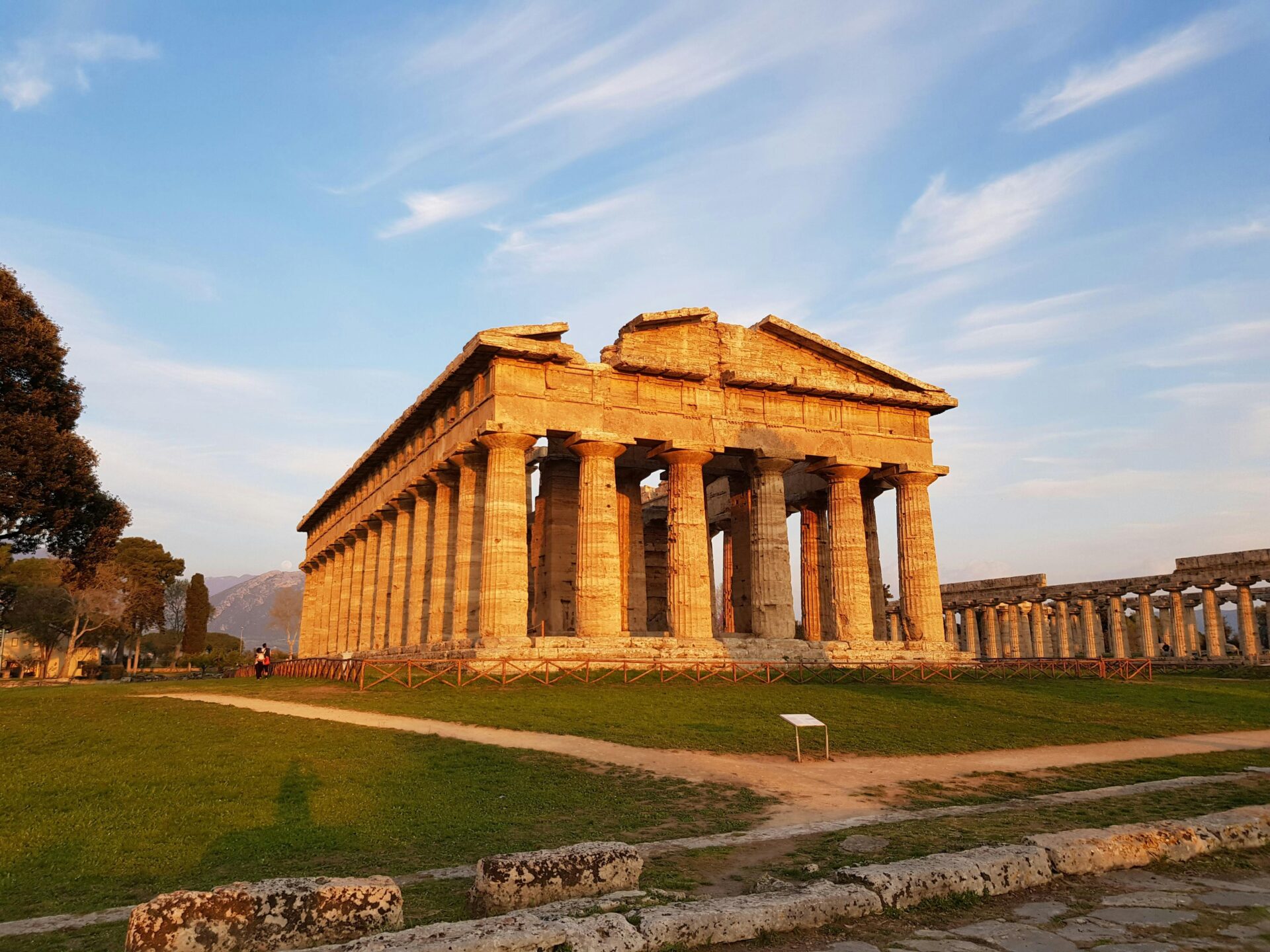
Temple Columns: Iconic Architecture and Sacred Spaces
Greek temples really stand out as masterpieces of ancient architecture. Their stone columns and careful proportions created sacred spaces that linked the human world to the divine.
The Design and Structure of Greek Temples
Greek temples usually followed specific layouts that evolved over time. Early temples were simple—just wood and mud brick—but eventually, the Greeks built grand stone structures ringed by columns.
Those columns weren’t just for show. They held up the whole building.
Most temples were categorized by their floor plans and how they arranged the columns. The “peripteral” temple, with columns on all sides, was pretty common.
Builders usually carved the columns from local stone like limestone or tufa.
The Greeks came up with three main column styles. The Doric order has plain capitals and no base. The Ionic order features scroll-like volutes. The Corinthian order is the fanciest, with acanthus leaves carved into the capitals.

Paestum and the Temple of Neptune
When I walked through Paestum (ancient Poseidonia), the Temple of Neptune stopped me in my tracks. Built around 450 BCE, this huge Doric temple still dominates the area.
It’s got 6 columns across the front and back, and 14 along the sides. The columns narrow as they rise, creating an optical illusion that makes the building look perfectly balanced.
The way the golden limestone glows at sunset is just unreal. Even after 2,500 years, you can still climb the steps and imagine ancient worshippers gathering here to honor Poseidon.

Temple of Hera and Temple of Concord
Just north of the Temple of Neptune, you’ll find the older Temple of Hera from about 550 BCE. Its design is unusual—nine columns across the front, which is rare in Greek architecture.
The columns seem thicker and packed closer together than in later temples.
In Agrigento, Sicily, the Temple of Concord really blew me away with how well it’s survived. Built around 440-430 BCE, almost all its columns are still standing.
That’s mostly because folks turned it into a Christian church in the 6th century CE, which helped protect it.
Both temples show how Greek architectural ideas spread throughout southern Italy and Sicily. They created a unified look that tied these colonies back to Greece.
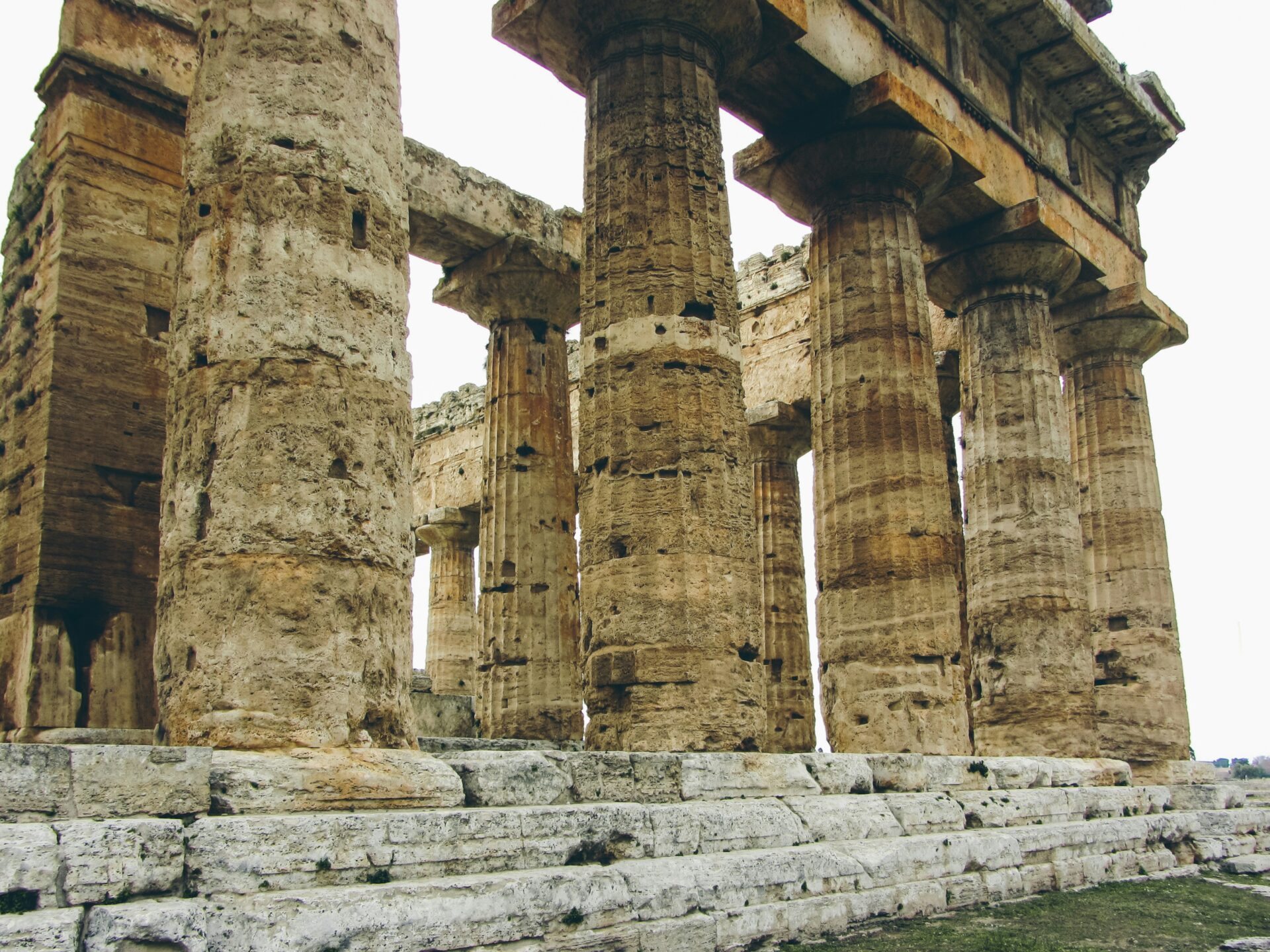
Greek Sculptors, Bronze and Marble Statues
These temples weren’t just impressive buildings—they held some truly stunning sculptures. Greek artists made divine images for the most sacred spots inside.
Bronze statues were super valuable, but hardly any survived because people melted them down for the metal. Marble statues lasted longer, though many got damaged or lost.
At the Paestum museum, I saw some amazing Greek sculptures that once decorated these temples. The most famous is the “Tomb of the Diver,” a painted slab showing a man diving into water—probably a symbol of passing from life to death.
Temple sculptures often told stories about gods and heroes. Apollo pops up a lot in temple decorations, which shows how important he was in Greek religion.
These artworks weren’t just for show—they taught religious and cultural values to everyone who visited.
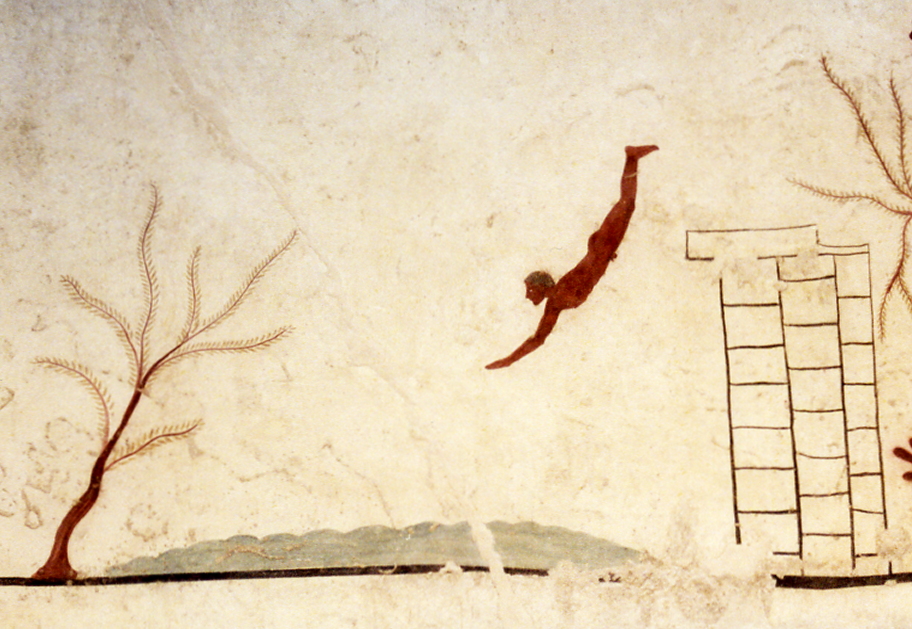
Farmland, Agriculture, and Rural Life
The agricultural practices of ancient Greece left a deep mark on southern Italy. Greek settlers brought their farming know-how, shaping both the land and the people’s way of life.
Agricultural Practices in Greek Colonies
Greek colonists adapted their farming quickly to southern Italy’s environment. They planted olives, grapes, and grains—classic Mediterranean crops.
Nearly 80% of the ancient Greek population worked the land, and they kept that focus in their new homes.
I’ve noticed Greek farmers came up with ways to handle the hilly terrain. They built terraces on slopes, which gave them more space to plant and helped stop soil from washing away.
These smart methods let them farm land that would’ve been tough otherwise.
The soils in southern Italy felt familiar—mostly Entisols, if you want to get technical. This similarity made it easier for Greeks to use what they already knew about farming.
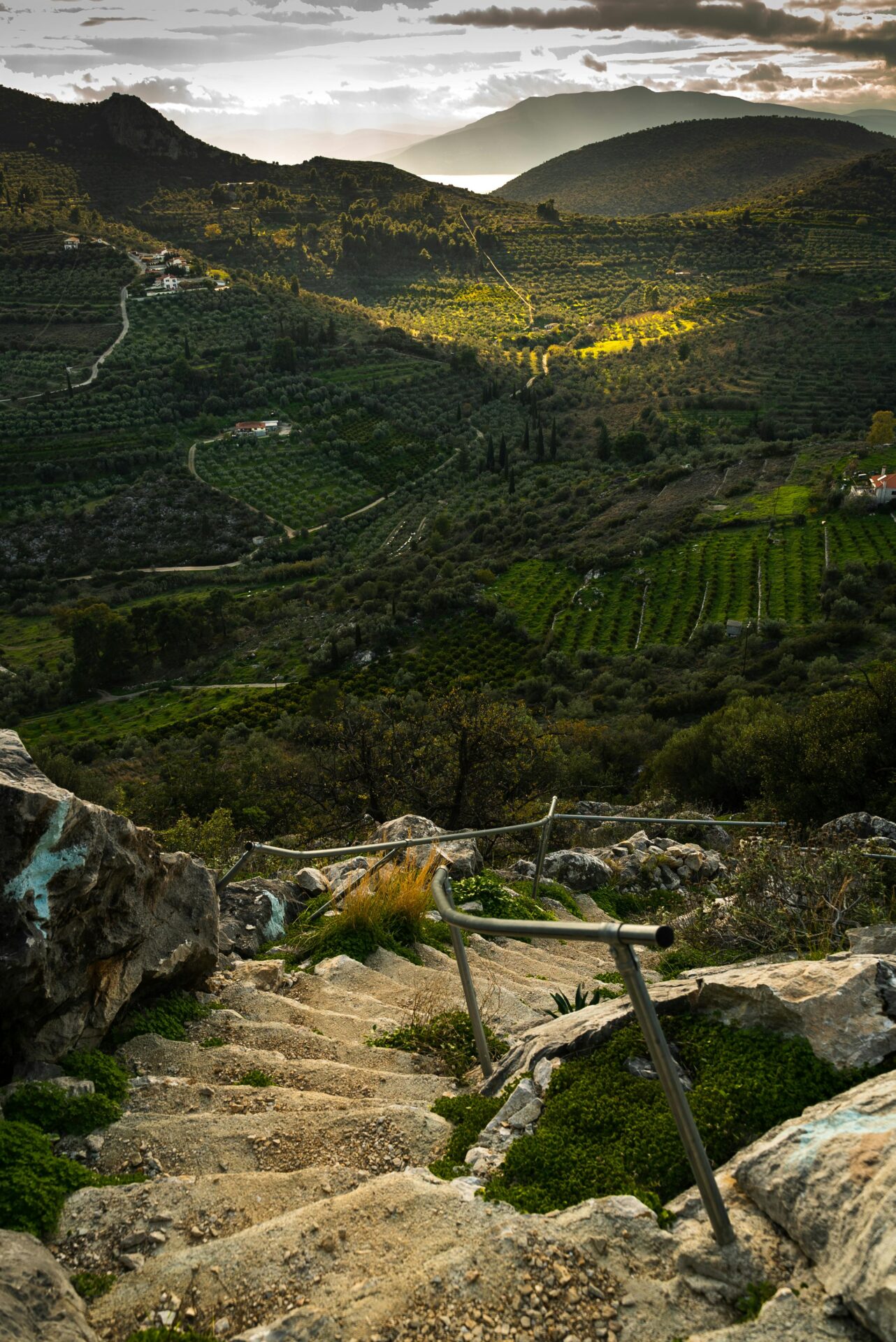
Impact of Greek Knowledge on Southern Italian Farming
Greek settlers changed southern Italian agriculture with better tools and techniques. I’ve seen evidence that they introduced improved plows and smarter irrigation.
They taught locals about crop rotation and how to keep soil healthy. These tricks boosted harvests and kept the land fertile for years.
Olive trees became especially important. Greeks knew how valuable they were—for oil, food, light, and even religious rituals.
Many old olive groves in southern Italy probably date back to Greek times.
Wine production took off too. Greek knowledge of vineyard management and winemaking really lifted southern Italian viticulture.
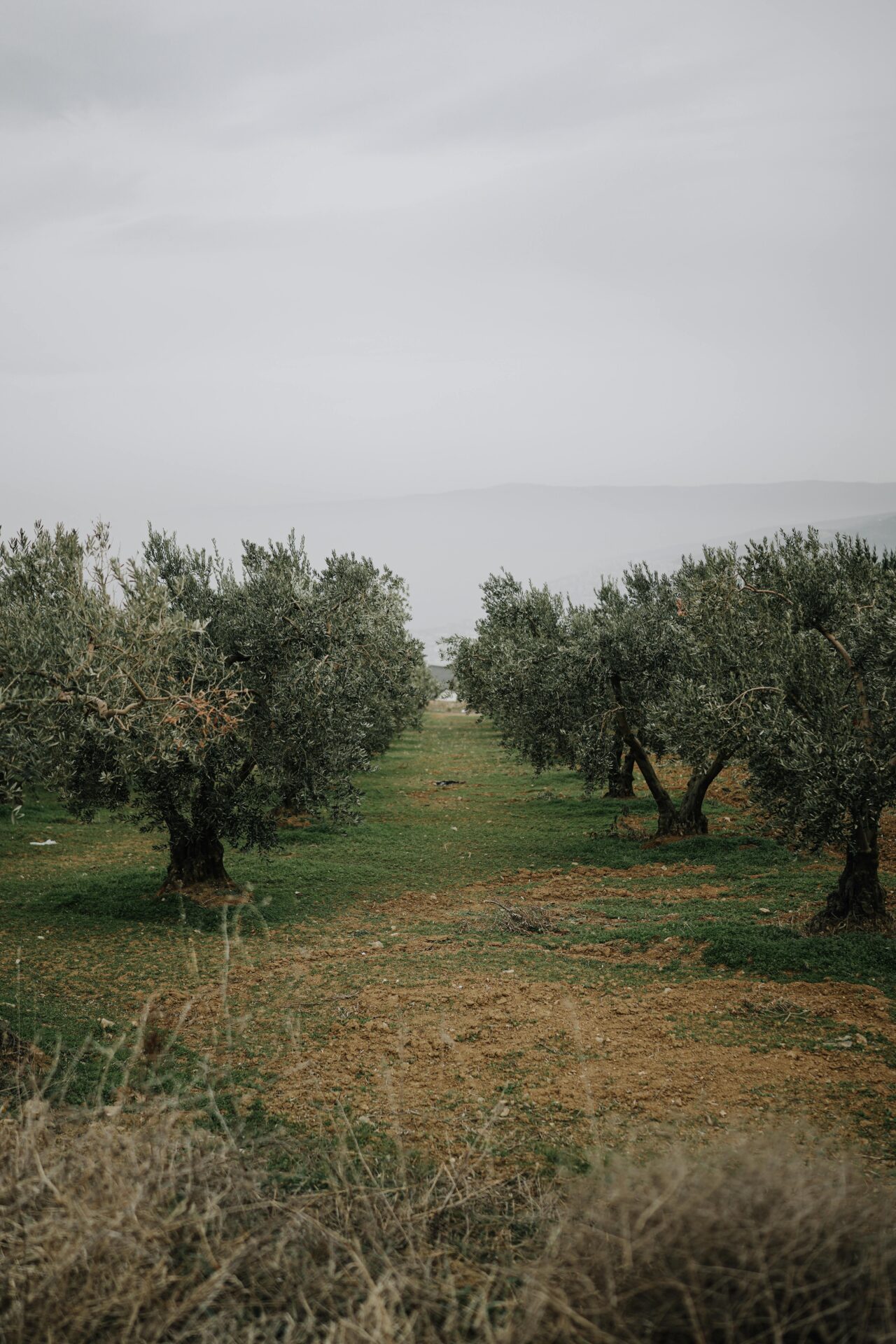
The Rise of the Agora and Marketplace
The agora, or central marketplace, became the heart of Greek colonies in southern Italy. I’ve walked through a few ruins where these places once buzzed with life.
Farmers brought their goods to the agora to sell or trade. This connected the countryside to the city.
Fresh produce, grains, and olive oil all passed through these marketplaces.
The agora wasn’t just about buying and selling. It was the civic center, where people settled disputes and made big decisions.
Market days brought everyone together, mixing rural and urban life. These gatherings helped spread new farming ideas and kept the community strong.
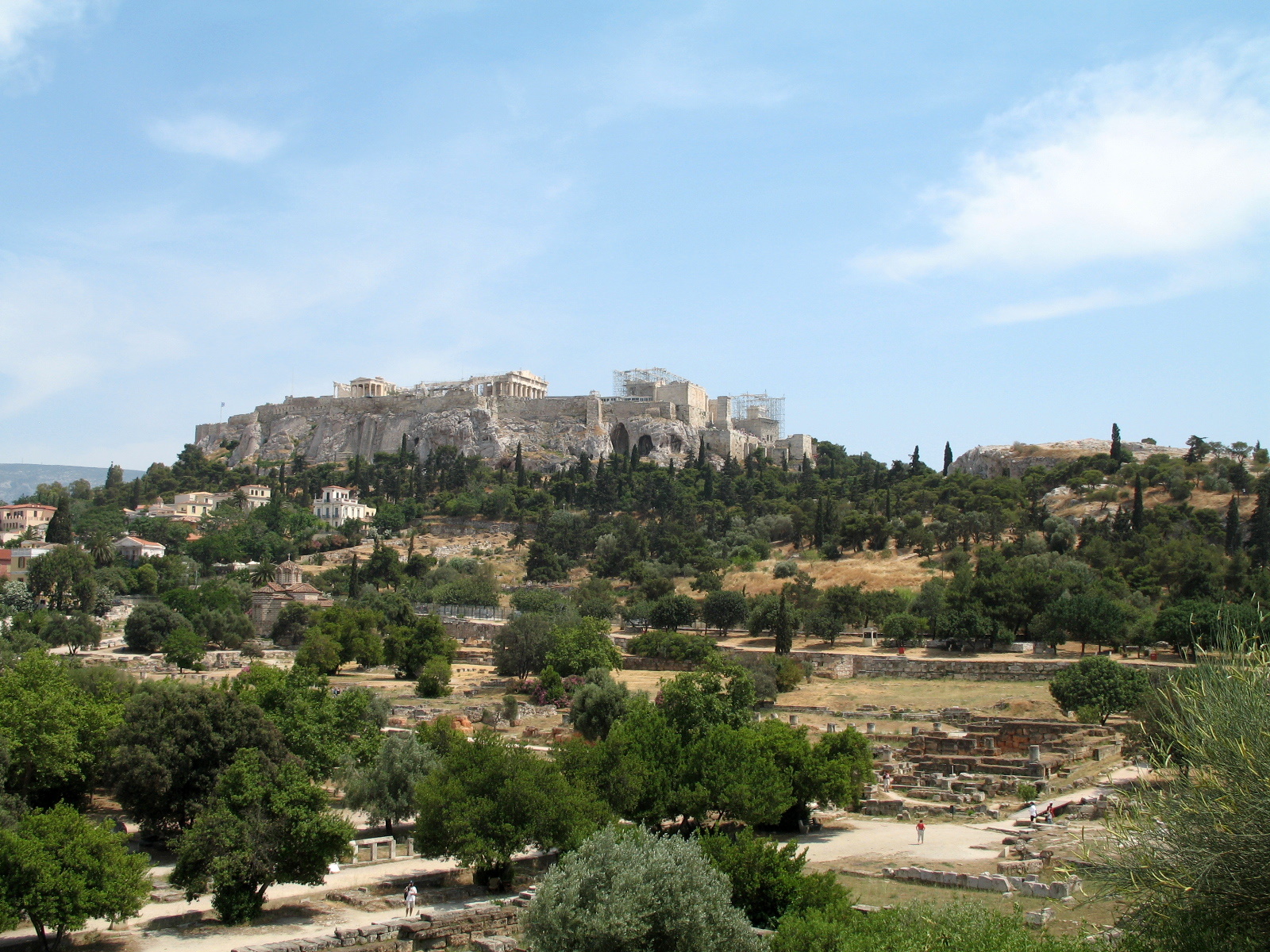
Society, Political Power, and Government Influence
Greek settlers didn’t just bring temples and farming—they set up complex political systems that shaped the region’s government and even influenced Rome later on. These ideas ranged from early democracy to big questions about justice.
City-State Government: Democracy, Oligarchy, and Tyrants
The Greeks introduced the polis, or city-state, to southern Italy. Each colony ran itself as an independent political unit.
Some colonies tried democracy, like Athens, where citizens voted on decisions. But “citizens” really just meant free adult males—women, slaves, and foreigners couldn’t take part.
Other places went with oligarchy, keeping power in the hands of wealthy landowners. In colonies like Corinth, aristocrats called the shots.
Sometimes, tyrants took over when things got tense. In the ancient world, tyrants weren’t always bad—they could be popular leaders who pushed through reforms for ordinary people.
Early on, many colonies had a basileus (king), but over time, elected officials and councils took over.
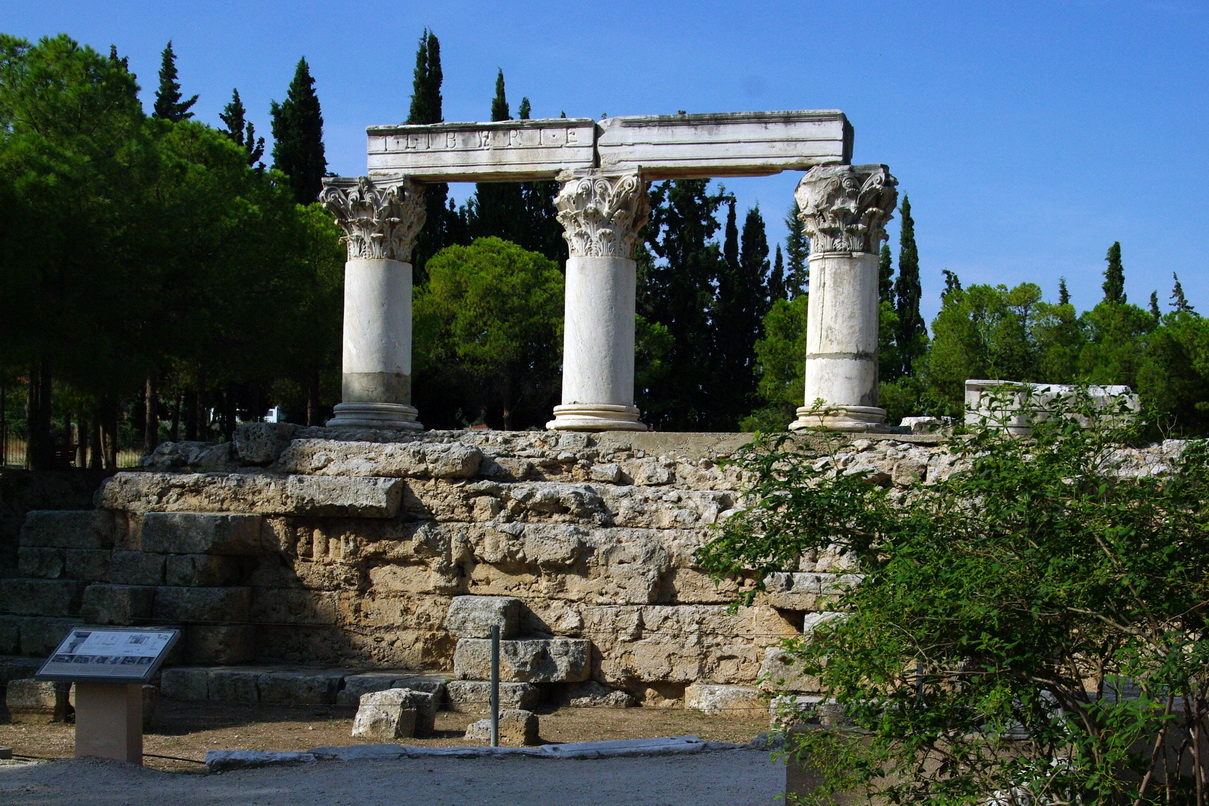
Philosophers, Science, and Pythagoras
Pythagoras set up his famous school in Croton around 530 BCE. His influence didn’t stop at math—it stretched into politics and society, too.
The Pythagorean brotherhood grew powerful, pushing aristocratic values and encouraging scientific thinking.
Their political ideas focused on harmony, proportion, and using numbers to understand society.
Greek science thrived in these colonies. Philosophers asked big questions about nature and how people should live together.
Herodotus visited the area and wrote down what he saw about political systems and local customs.
Natural philosophers developed ideas about justice that shaped government. They argued that political systems should reflect the natural order and balance different interests.

The Spread of Greek Political Ideas to Rome
As Rome moved south, it ran into Greek political ideas that would eventually change how Romans governed themselves.
The Romans didn’t just copy the Greeks—they adapted those ideas.
The Roman Republic borrowed some things from Greek democracy, but changed them up. Their comitia centuriata (citizen assembly) voted on laws, but the rich had more voting power.
SPQR (Senate and People of Rome) showed a mix of aristocratic and democratic elements. This blend came from different Greek experiments.
Roman consuls replaced kings as the top officials, serving for limited terms—a move inspired by Greek efforts to avoid tyranny.
In emergencies, Romans could appoint a dictator for a short time.
The equites (knight class) became key political players, kind of like the middle classes in Greek democracies. They helped balance power between the patricians and plebeians.

Conflict, Trade, and Lasting Legacy
Greek colonies in southern Italy faced plenty of resistance, but they pushed through and sparked a cultural exchange that shaped the region for centuries. Their influence on trade, warfare, and architecture still ripples through the Mediterranean world.
Trade Routes and Cultural Exchange
The Greek cities of Magna Graecia built vital trade networks across the Mediterranean. Ships moved constantly between southern Italy, Greece, Egypt, and the Middle East, weaving a complex web of commerce and shared culture.
I’ve noticed remnants of ancient amphorae in museums around Sicily, and it’s wild to think those jars once carried olive oil, wine, and grain. Greek colonists really shook up local economies with their maritime trade.
The ports at Syracuse and Rhodes grew into multicultural hotspots. Greeks, Carthaginians, and Etruscans all showed up to swap goods, ideas, and even technologies. You can see this blend in the art—Greek precision mixed with local flair.
When I wandered through those old harbor sites, I couldn’t help but notice how clever the locations were—protected bays, great visibility, ideal for both trade and defense.

Warfare: Phalanx, Mercenaries, and Defensive Walls
Greek military tactics changed warfare in southern Italy in a big way. The phalanx, with its tight rows of armored soldiers, absolutely overwhelmed less organized local fighters.
Greek colonies often hired mercenaries to strengthen their defenses against neighbors like the Lucanians. These pros brought unique skills that boosted the citizen militias.
I’ve walked along the massive defensive walls at places like Syracuse. Some parts still rise over 20 feet, and you can tell they built them to handle serious attacks.
Military leadership didn’t stay the same, either. As threats from Carthage and later Rome grew, Greek commanders tweaked their tactics—borrowing from battles like Leuctra and Mantinea—to fit local challenges.
Over time, Greeks and native peoples started to influence each other’s fighting styles, weapons, and fortification methods. It’s fascinating how conflict ended up blending their cultures.
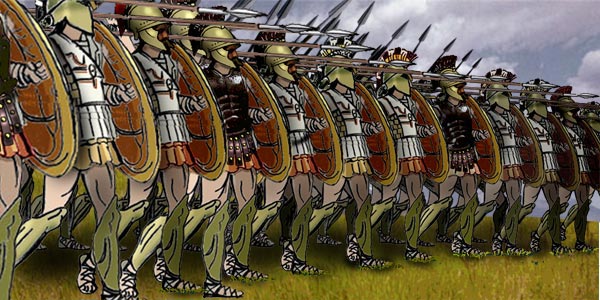
The Cultural and Architectural Legacy in Sicily and Beyond
When you walk through the Valley of Temples in Sicily, it honestly feels like you’ve wandered straight into ancient Greece.
Those Doric columns—still standing after earthquakes and wars—just have a way of stopping you in your tracks.
Greek language and literature really took hold in southern Italy.
Homer’s Iliad and Odyssey? They became the backbone of local storytelling, but writers here didn’t just copy—they added their own twists.
I’ve noticed Greek religious practices didn’t stay pure either; they mixed with local customs, which led to these quirky hybrid cults that somehow lasted into Roman times.
People repurposed old Greek temples for new gods, but they kept a lot of the original architecture.
When Rome took over, Greek influence didn’t just disappear.
Augustus and the emperors that followed actually admired those Greek buildings and made sure to preserve them, even as they put their own spin on things.
Now, these sites pull in tourists from all over.
I’ve seen visitors just stand there, kind of stunned, realizing they’re connected to a heritage that stretches across continents and thousands of years.

